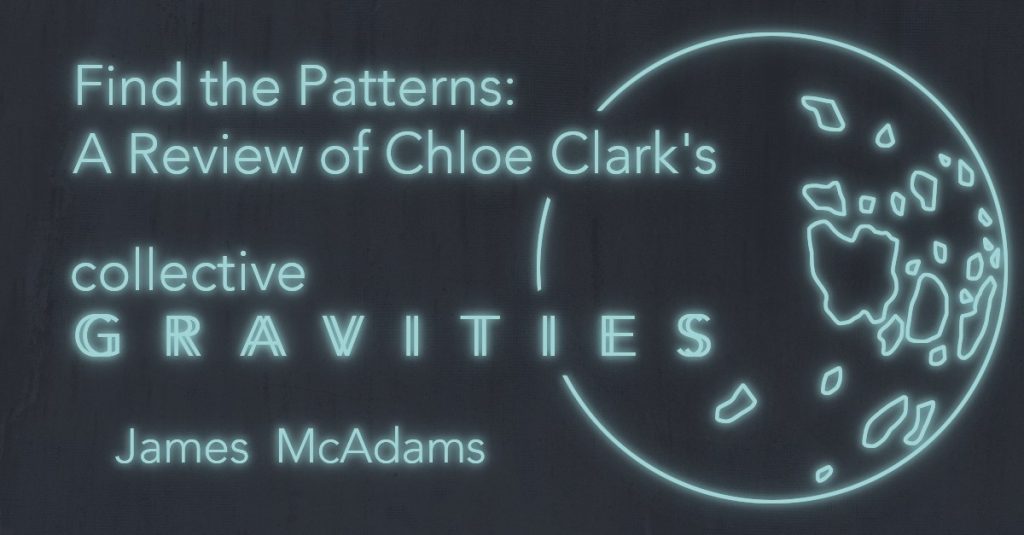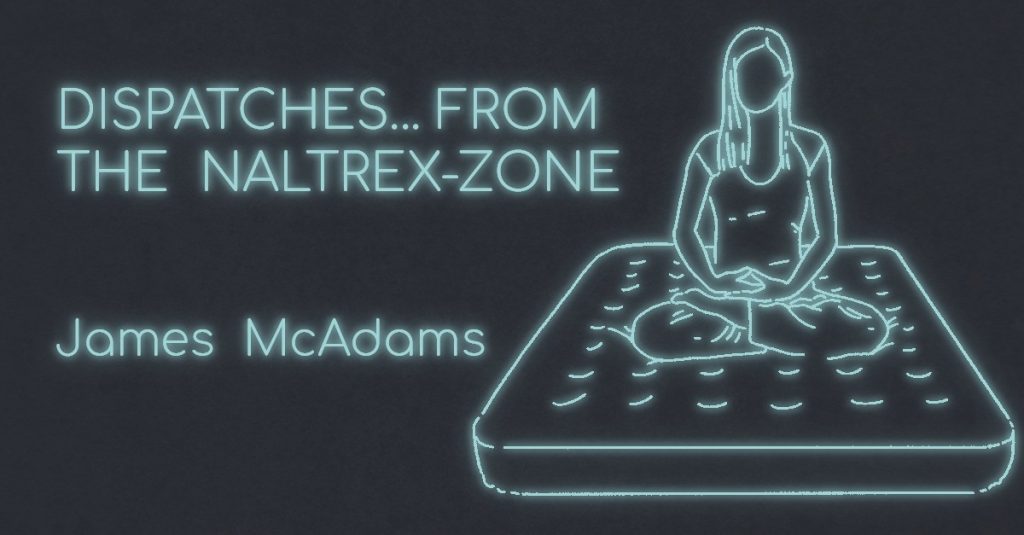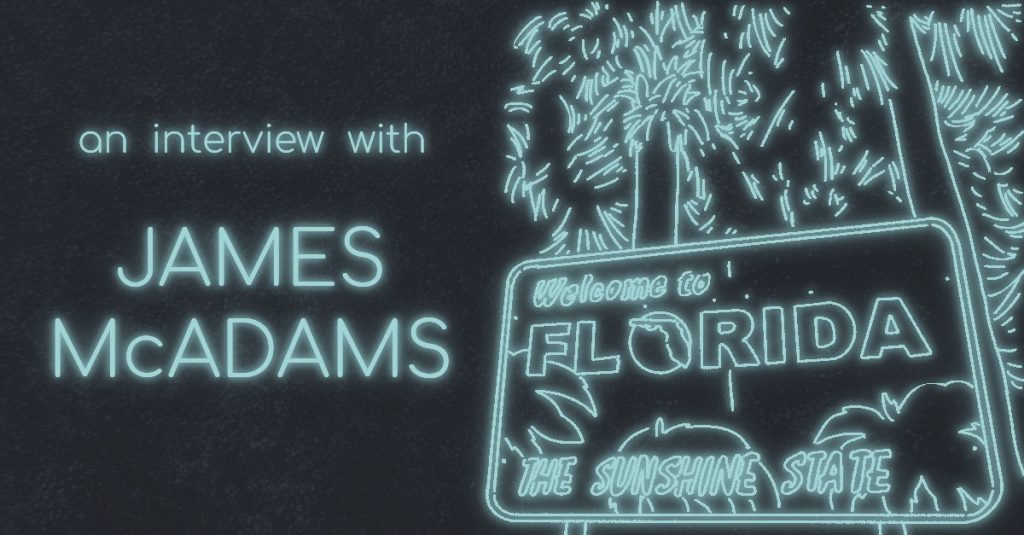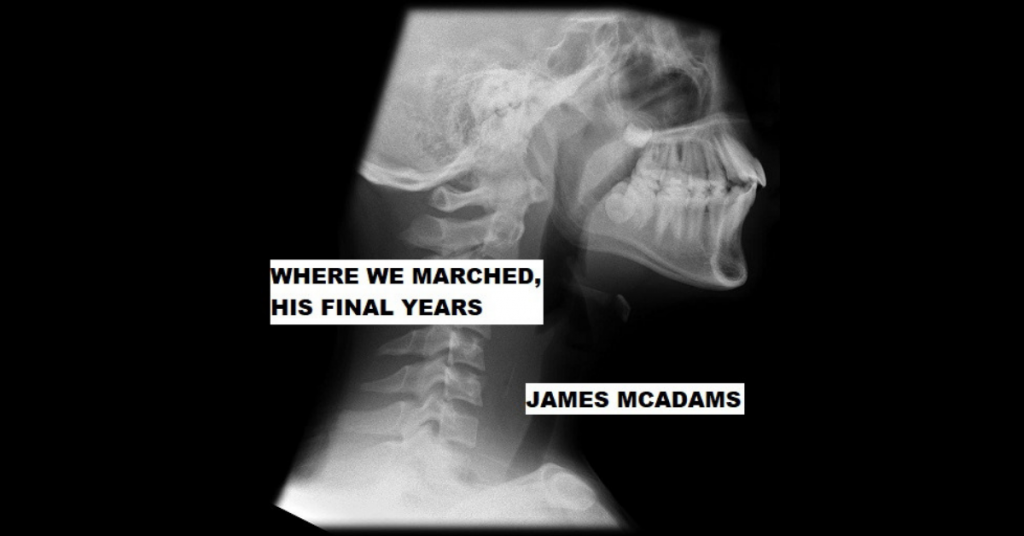
“FIND THE PATTERNS”: A Review of Chloe N. Clark’s Collective Gravities by James McAdams
To lift one particularly apposite description of a character in “Like the Desert Dark,” Chloe N. Clark “likes thinking about 'ifs.’” Collective Gravities, her third collection (The Science of Unvanishing Objects, Finishing Line Press; Your Strange Fortune, Vegetarian Alcoholic Press), posits a world replete with paranormality. Like a symphony, these stories repeatedly touch upon the same subjects, explored, revealed, and experienced from a diverse variety of narrative perspectives. We can represent the frequency and range of this symphonic collection numerically.
| Subjects (admittedly subjective): | # Stories these subjects occur in: |
| astronauts/paranormal investigation | 6 |
| undiagnosed illness/epidemics | 6 |
| near-death/no-death phenomena | 4 |
| mental illness | 4 |
| floods | 5 |
| magic/card tricks | 4 |
| jumping off bridges | 5 |
| dreams | 7 |
| ecological disaster | 4 |
| The horrors of online dating | 1 (!) |
There’s something oddly soothing about this thematic accretion. As you read further into the collection, you continually confront these motifs, creating a limpid “repetition with a difference” feeling. It’s subtle, but it works. It’s like wading into a pool, stepping slowly, freezing at first, and then once you're immersed in it, the swimming is captivating and you forget for a second what it was like to be back on the shore, dry.
For example, the collection is bookended by two pieces about astronauts convening at a memorial for a deceased member of their operation team (“Balancing Beams,” and “Between the Axis and the Stars,” respectively). Both memorials stress the significance of remembering and storytelling as a way to deal with death. The second story foregoes an actual traditional memorial, instead placing the characters in a room with the grieving Mom of their friend, where they simply tell stories about the deceased. “Between the Axis and the Stars” (and the collection as a whole) ends here, in a country field in Iowa:
“After, I walked outside to find Peter. He was sitting in the grass, staring up at the night sky.
'We don’t have stars like this in Boston.'
I sat down beside him, laughing. 'You’ve literally been to the stars, why do you need to see them from so far away?'
'I can see them all at once like this. Find the patterns.'”
My two favorite stories, both concerning the power of referentless words, are quiet pieces of flash, published initially in Noble/Glass Quarterly and Bartleby Snopes (R.I.P.!!). In “This is the Color of Your Eyes in the Dark,” the narrator, informed of the sudden death of a girl she was briefly friends with in middle school, remembers:
“When we went to Mindy’s house, we always took long walks in the trees behind her house instead of going inside. She’d tell me the names of each tree. Not like the scientific names, but the names she’d given them. I asked her why she named them and she answered me, as if it was the silliest question in the world, ‘don’t you like to say the names of your friends’? Her favorite was a pine that had been struck by lightning. An arc of scarring went down one side of it. She would put her hand against the mark and just hold it there, eyes closed, as if she was trying to heal it.”
Meanwhile, in “Topographical Cartography,” a woman’s boyfriend begins to suffer from a vague, ill-defined disease (see above) whose symptoms are the appearance of an X-axis along his back, and then the appearance along the axis of “words and symbols. Under each dash: ‘sugar,’ ‘Oak,’ ‘fine,’ a picture of an eclipse, more and more words without context.” Then, after he dies, the narrator awakens to find a similar pattern of words and symbols on her back, only this time as a Y-axis. This is a numinous description of love. I mean if I know anything about love from watching TV: one person’s X fitting into another person’s Y.
Paranormality probably isn’t a good description of Collective Gravities, since it sounds like X-Files fanfiction. Magical realism doesn’t work, because the stories here are too realistic, too detailed (in a good way); neither does surrealism work, since the plots and narratives are tightly controlled and cogent. If we wanted to coin a term for the “slanted truth” nature of this collection, that term could be pulled from the collection’s first story. The narrator describes a painting hanging on the wall. “The colors were slightly off,” she writes, “leaves a blue-green and bark a red-brown that wouldn’t exist in nature.” The characters discuss what’s wrong with the painter, suggesting she’s color blind among other things. Ultimately, they determine the word for it, and for Collective Gravities, is “Almreal...almost real, not quite, not surreal.”
Furthermore, it works organically, meaning it doesn’t feel like marketing agenda or strategic little phrased inserted in pre-publication to make the collection seem “whole” or “novel-like,” like those collections marketed as “inter-linked short stories” with the same character(s) or place. Those are mostly bullshit excuses to make something look like a novel.
Possibly Irrelevant Addendum I Couldn’t Fit Into the Review: Two cool facts I learned while researching Chloe Clark and word west press. 1) Chloe, part of the editorial triumvirate of Cotton Xenomorph with Tea and Hanna, has designed a class on the literature of space. Enrollment is open, check it out here. 2) word west press, in recognition of Chloe’s affection for space, actually bought her a star. That’s awesome. Great work Chloe and word west press!
Pick up a copy of Chloe Clark's Collective Gravities here!



